China’s major shipping ports are at the forefront of global trade and serve as vital hubs for the maritime industry. As you explore the key ports that define China’s coastline, you will discover their essential role in connecting Asia with global markets. These ports, including Shanghai, Ningbo-Zhoushan, Shenzhen, and Guangzhou, facilitate significant international trade, making China a dominant force in global commerce.
This article will give you insights into these ports’ operations, infrastructure, and strategic importance. The efficiency and scale of China’s ports have set benchmarks in the industry, driving growth in international shipping and supply chain logistics. As you delve into the specifics of each major port, you will understand how they contribute to China’s economic strength and their impact on global trade dynamics. This overview will comprehensively understand China’s shipping ports and their unparalleled significance in the international maritime landscape.
Port of Shanghai
The Port of Shanghai, located in the Yangtze River Delta, is the world’s largest and busiest port. Established in 1842, it has become a critical hub for global trade and a cornerstone of China’s maritime industry. Managed by the Shanghai International Port Group (SIPG), the port facilitates over 25% of China’s total foreign trade, underscoring its significance in the nation’s economy.
Key Metrics:
- Handled 49 million TEUs in 2023.
- Managed 12.45 million TEUs in the first quarter of 2024.
- Accounts for over 25% of China’s total foreign trade.
Top Trading Partners:
- United States
- European Union
- Southeast Asian nations
The port’s operations encompass a wide range of exports and imports. Top exports include electronics, machinery, and textiles, while key imports encompass raw materials, chemicals, and consumer goods.
Port of Guangzhou
The Port of Guangzhou, a major port serving South China, is a crucial gateway for international trade in the region. Situated in Guangzhou city, the capital of Guangdong province, it is the fifth largest container port globally. It plays a vital role in the economic development of both the province and the nation.
Key Metrics:
- Handled 25.41 million TEUs in 2023.
- Fifth largest container port globally.
- Extensive infrastructure with numerous berths and facilities for different types of cargo.
Top Trading Partners:
- Southeast Asian countries
- European countries
- North American countries
The port’s infrastructure is highly developed, featuring numerous berths and specialized facilities designed to accommodate various types of cargo, including bulk goods, containers, and liquid products. This extensive infrastructure supports the port’s ability to process large cargo volumes efficiently and maintain its competitive edge in the global market.
The port is known for its major exports, including electronics, machinery, textiles, and automobiles, which are shipped to various global markets. The port’s strategic location and robust infrastructure make it a pivotal player in China’s maritime industry, contributing significantly to its trade activities and economic growth.
Port of Hong Kong
The Port of Hong Kong, a deepwater seaport near the South China Sea, has historically been one of the world’s busiest ports. It has played a critical role in Hong Kong’s economic development, serving as a vital hub for international trade and finance. The port handles extensive container traffic, making it a key node in global shipping routes.
Key Metrics:
- Deepwater seaport near the South China Sea.
- Historically, it has been one of the world’s busiest ports.
- Handled 14.4 million TEUs in 2023.
- The key hub for global shipping routes.
Top Trading Partners:
- Mainland China
- United States
- European Union
Port of Qingdao
The Port of Qingdao, located in Shandong province along the coast of the Yellow Sea, ranks as the seventh-largest port globally. In 2023, the port handled an impressive number of TEUs, making it a significant player in global maritime trade. The port’s infrastructure is highly advanced, featuring several specialized port areas that cater to various commodities, including containers, bulk goods, and liquid cargo.
Key Metrics:
- Seventh-largest port globally.
- Handled 30 million TEUs in 2023.
- Advanced infrastructure with specialized port areas for different commodities.
Top Trading Partners:
- United States
- Japan
- South Korea
- Southeast Asian countries
Electronics, machinery, and textiles are major exports from the Port of Qingdao, while raw materials, chemicals, and food products are key imports.
Port of Tianjin
The Port of Tianjin, the largest port in Northern China, is Beijing’s primary maritime entry point, making it a crucial gateway for international trade. Strategically located on the Bohai Sea, the port facilitates the flow of goods to and from the capital and surrounding areas.
Key Metrics:
- The largest port in Northern China.
- Handled 23.5 million TEUs in 2023.
- Major exports: Automobiles, machinery, steel.
- Major imports: Crude oil, iron ore, agricultural products.
- Significant infrastructure developments to increase capacity.
Top Trading Partners:
- United States
- European Union
- Japan
- South Korea
The port’s major exports include automobiles, machinery, and steel, while key imports encompass crude oil, iron ore, and agricultural products. Significant infrastructure developments have boosted the port’s capacity and efficiency to accommodate growing trade demands. These improvements ensure that the Port of Tianjin remains a critical hub in China’s maritime network, supporting the nation’s economic growth and maintaining its competitive edge in global trade.
Port of Dalian
The Port of Dalian is located on the Liaodong Peninsula. It is the oldest operational Chinese port with non-freezing waters, year-round, making it a vital maritime hub. Its strategic position enables it to serve as a major transshipment hub for North and East Asia, facilitating the movement of goods across the region.
The port handles significant container traffic, bolstered by its well-developed infrastructure, which includes modern container terminals, bulk cargo facilities, and specialized docks for liquid cargo.
Key Metrics:
- Volume: 225 million tons of cargo and 6.3 million TEUs annually
Top Trading Partners:
- Japan
- South Korea
- Russia
- Southeast Asian countries
The Port of Dalian is known for exporting products such as petroleum, steel, and machinery, while major imports include crude oil, grain, and chemicals. Its ability to operate efficiently in all seasons and its comprehensive infrastructure make it an essential player in China’s maritime industry.
Port of Xiamen
The Port of Xiamen, located on Xiamen Island in the Fujian province, is the largest in South-East China. This strategic location enables the port to handle significant container traffic, serving as a crucial regional trade gateway. In 2010, the Port of Xiamen merged with the nearby Port of Zhangzhou, significantly increasing its capacity and capabilities. This merger has allowed the port to expand its infrastructure and enhance its operational efficiency, further solidifying its position as a key player in China’s maritime industry.
Key Metrics:
- Handled 10.36 million TEUs (Twenty-foot Equivalent Units) in the first ten months of 2023.
- Over 12 million TEUs (in recent years).
Top Trading Partners:
- Main Export Markets: United States, Japan, South Korea, and Southeast Asia.
- Main Import Sources: Europe, Australia, Taiwan, and South Korea.
- Essential Commodities: Electronics, textiles, machinery, and raw materials.
Port of Yingkou
The Port of Yingkou, though the smallest among China’s top major ports, holds significant importance within the country’s maritime sector. Located in Liaoning province, this port operates in two main functional areas: Old Yingkou Port and Bayuquan Port. The port handles substantial container traffic, supports regional trade, and contributes to the local economy.
Key exports from the Port of Yingkou include steel products, machinery, and agricultural goods, while main imports consist of minerals, chemicals, and foodstuffs. The port’s major trade partners are Japan, South Korea, and Russia. Despite its relatively smaller size, the Port of Yingkou’s strategic location and specialized facilities make it a vital component of China’s northern maritime network.
Key Metrics:
- Annual Container Throughput: 250,000 TEUs
- Annual Cargo Tonnage: Approximately 21 million metric tons
Top Trading Partners:
- Japan
- South Korea
- Russia
Also Read: Major Shipping Ports in the United Kingdom
Conclusion
China’s major shipping ports are crucial in global trade, facilitating significant container traffic and connecting international markets. Their strategic locations and advanced facilities help streamline global supply chains and support economic growth. As these ports continue to evolve and expand, they remain pivotal in shaping the dynamics of international shipping.
For businesses seeking reliable shipping solutions, Intoglo offers a range of services. Our door-to-door Full Container Load (FCL) shipping from India to the USA ensures seamless logistics, complemented by advanced 3PL warehouse management. With special contract rates and a focus on sustainable shipping practices, Intoglo provides cost-effective and eco-friendly solutions. Our AI-powered technology enhances shipment tracking and visibility, offering real-time updates and greater control over shipping. By integrating these cutting-edge services, Intoglo helps businesses navigate the complexities of global trade with ease and efficiency.


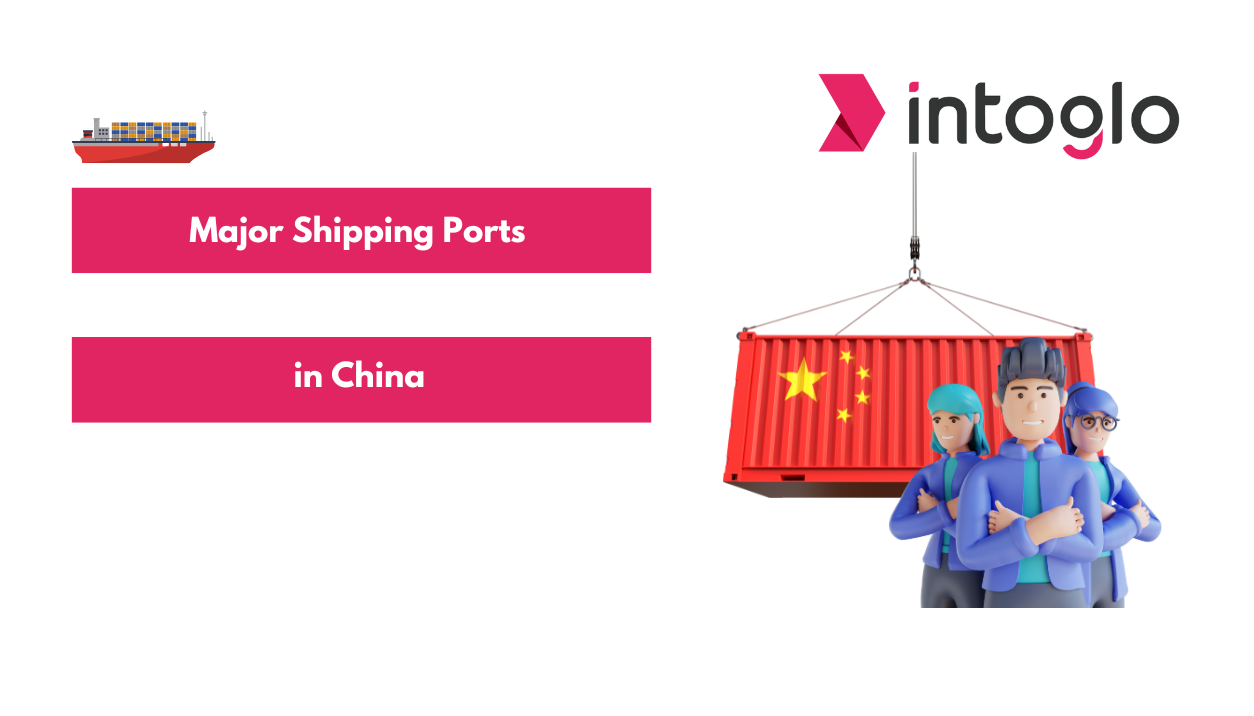


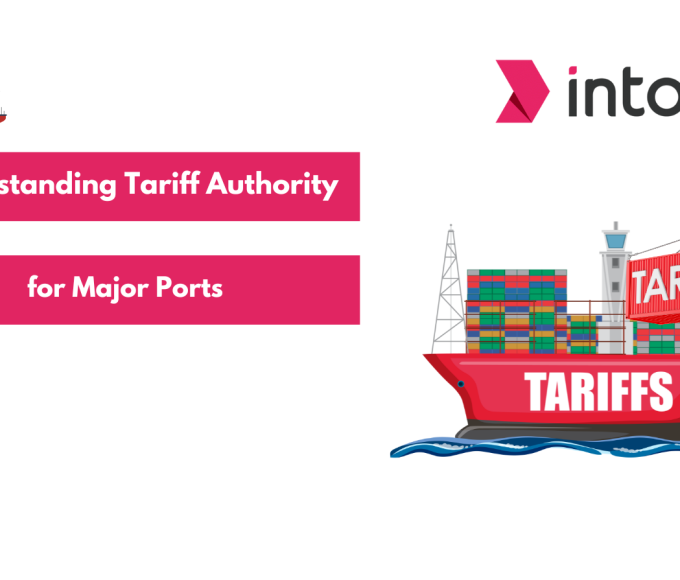
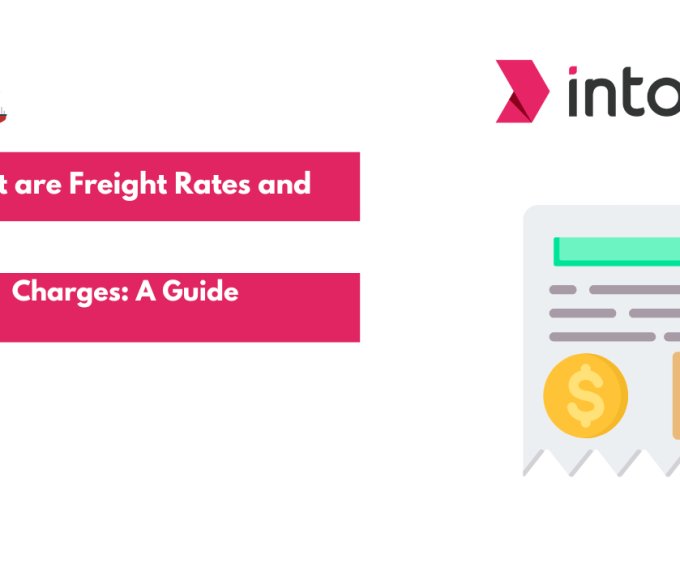
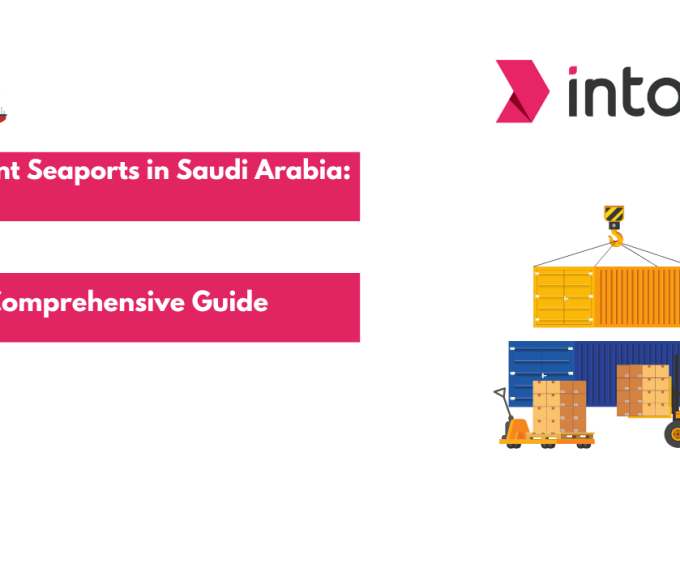
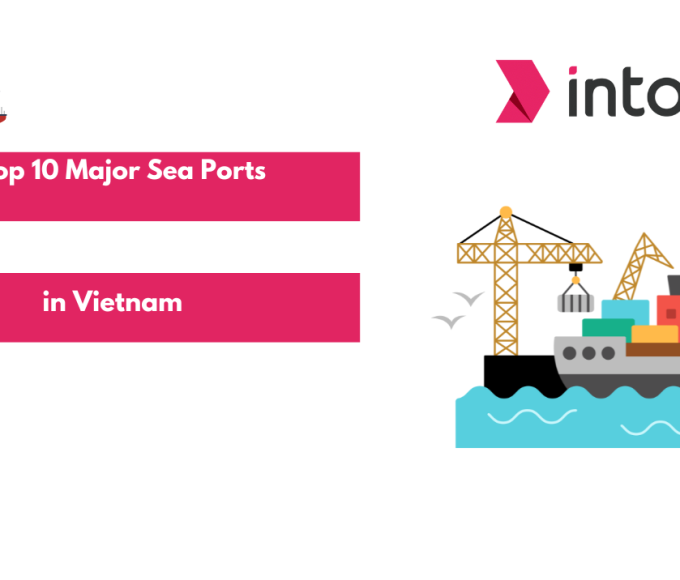
Leave a comment